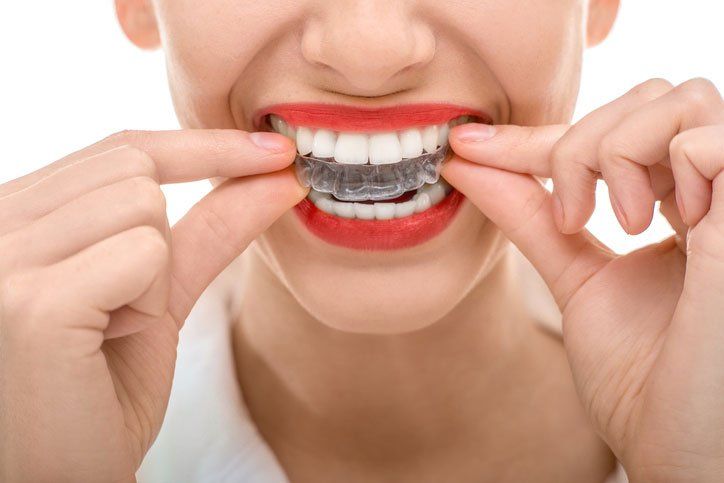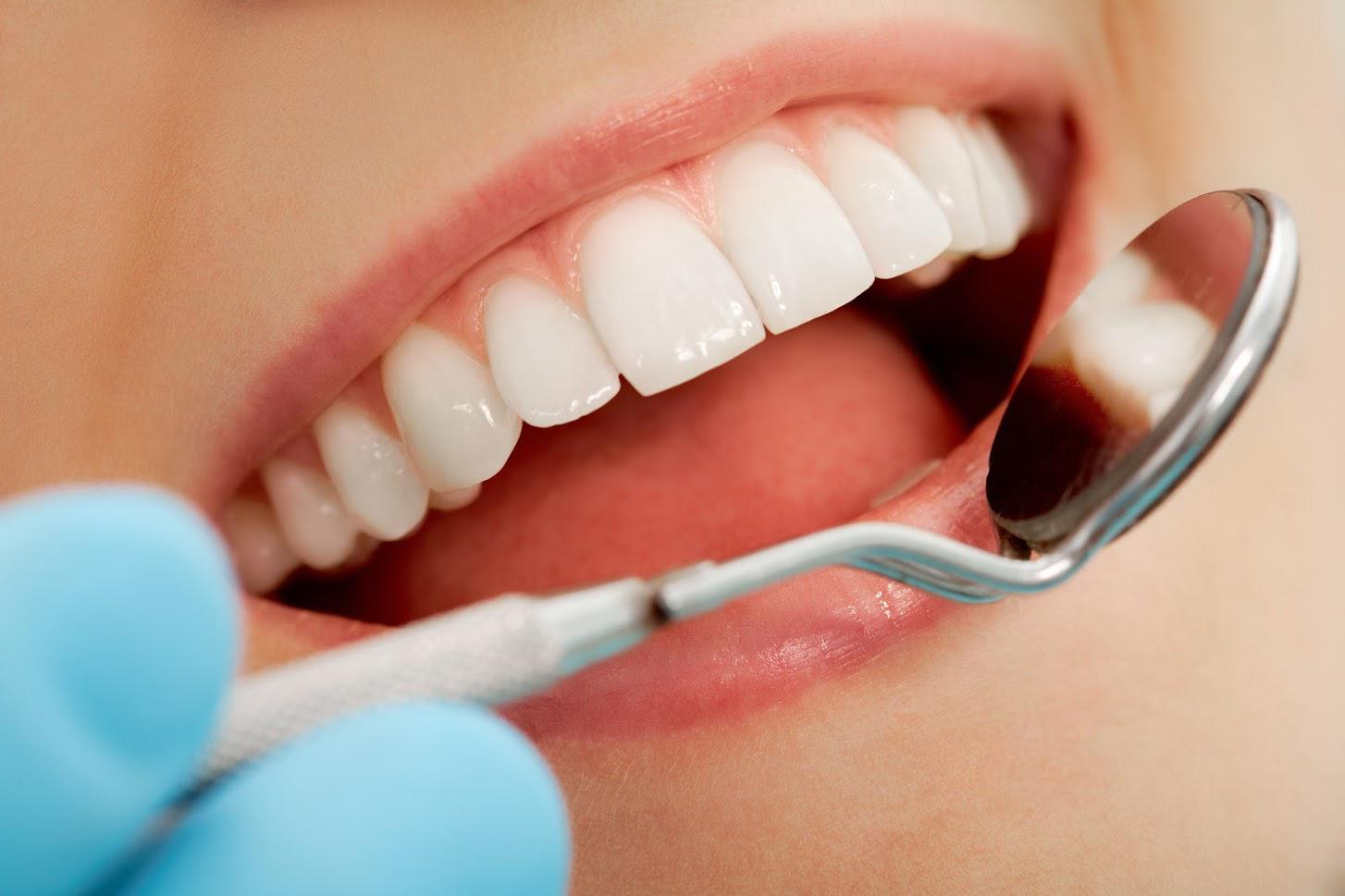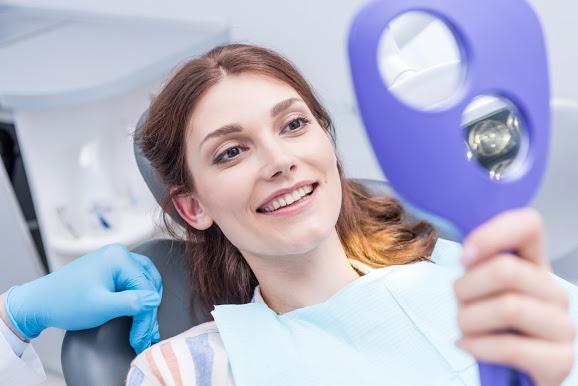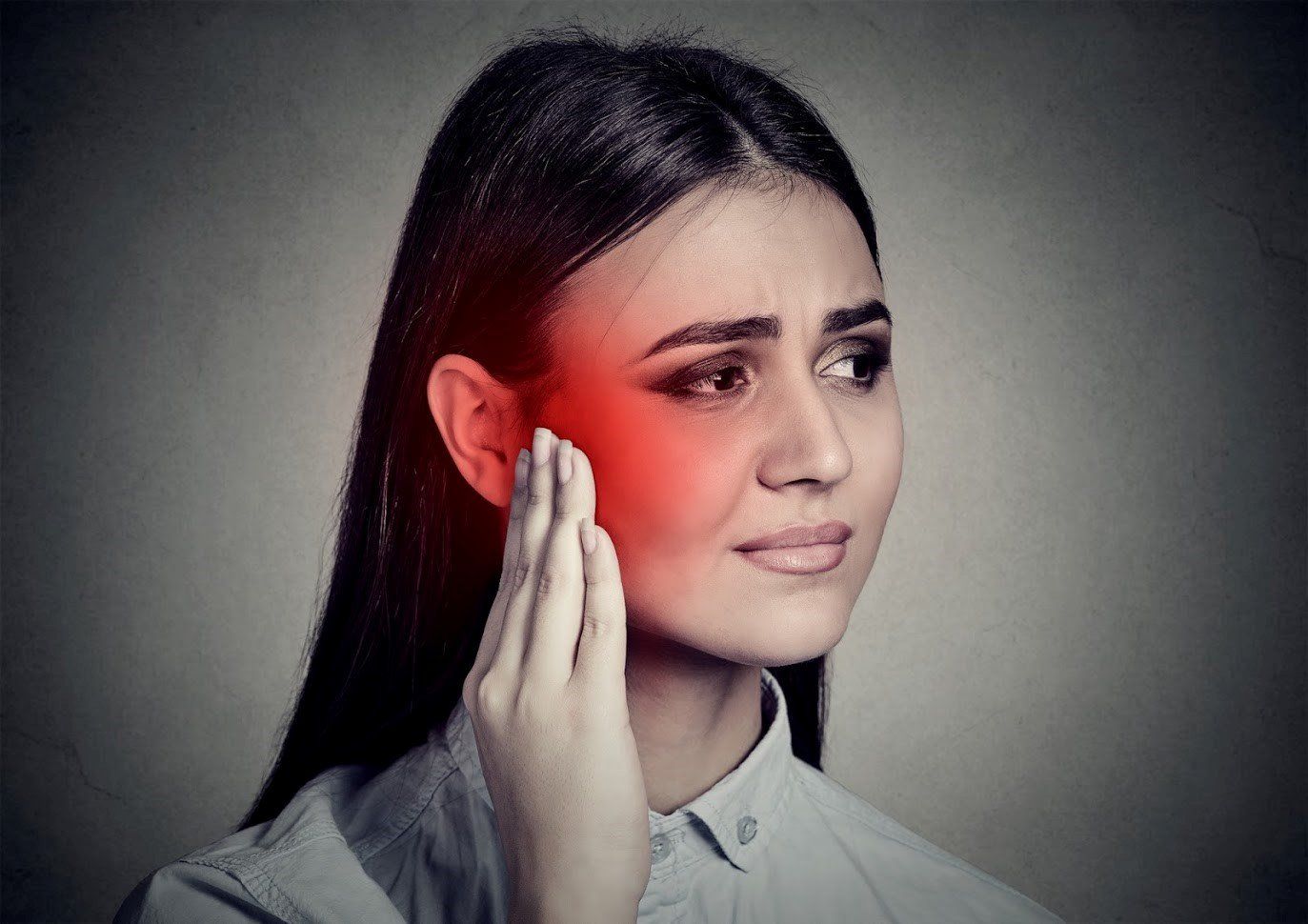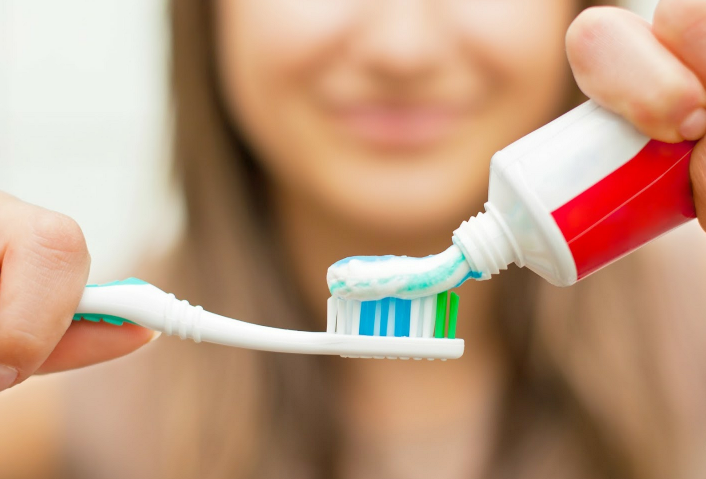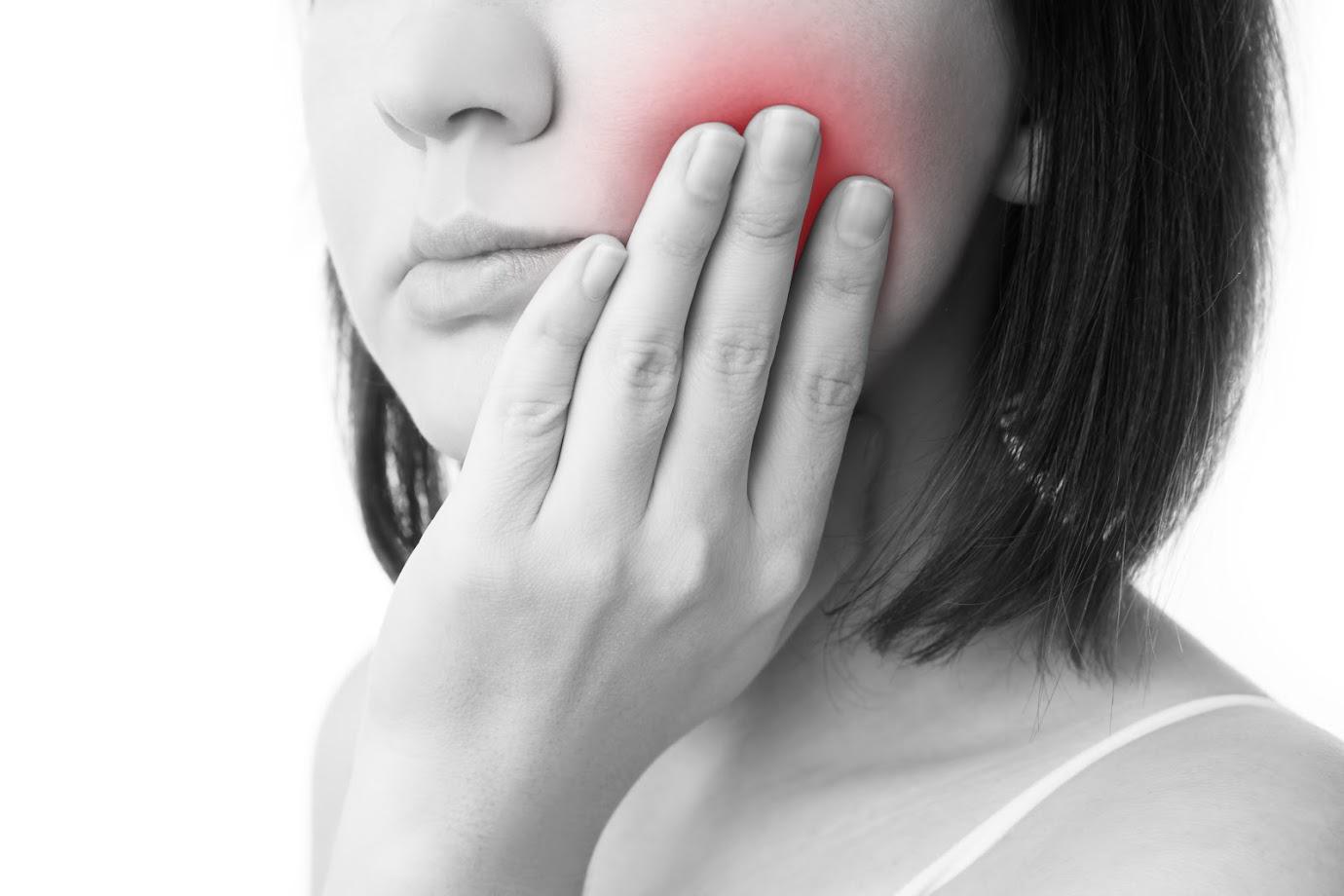Evaluate These Factors to Get the Best Teeth Whitening Treatment
- By Admin
- •
- 30 Mar, 2019
- •

Cosmetic dentistry treatments can help you brighten your discolored teeth. However, you will only enjoy the bright smiles you want if you choose the right treatments for your case. Below are some of the major things to consider to help you get the right whitening treatment.
The Cause of the Discoloration
Teeth stain for different reasons. Discolored food and drinks, tobacco, medication, and even dental injuries can all stain your teeth. However, dentists put all of these discolorations into two main categories — intrinsic and extrinsic staining.
Intrinsic staining affects internal tooth structures — where the pulp is. For example, damage to blood vessels inside the tooth can cause bleeding, which looks like a stain. Extrinsic staining affects the enamel of the teeth.
Some whitening treatments, such as the use of bleach, only work for extrinsic staining. Thus, have a dentist diagnose the type of discoloration you have before you throw money on a treatment that might not work for you.
The Results You Desire
Whitening treatments have varying degrees of success. In many cases, at-home or DIY treatments don't work as much as treatments you get at the dentist. For example, whitening toothpaste can bleach your teeth but not as bright as you would get from the dentist's office. Let your dentist give you the best treatment if you want the brightest teeth possible.
The Degree of Discoloration
The best treatment for slightly yellowish teeth is not necessarily the best treatment for dark teeth. The active ingredient in teeth bleaching products is peroxide. The compound oxidizes your teeth's enamel and rids it of the stains. The more your teeth are discolored, the stronger the concentration of the peroxide you need.
Since higher peroxide concentrations have more side effects, you should only get treated with such concentrations under the supervision of the dentist. Moreover, bleaching might not work for you if your teeth are too dark. You might have to go for other cosmetic dentistry techniques, such as dental bonding and veneer treatment.
The Condition of the Teeth
Dental bleaching opens up the pores of your teeth and increases your risk of teeth sensitivity. In many cases, the teeth become sensitive to hot and cold foods and drinks after a whitening session. The sensitivity goes away after a short time, but that might not be the case for you if you have sensitive or damaged teeth to begin with.
Avoid bleaching products if you have sensitive or damaged teeth, such as teeth with cracks. Instead, opt for treatments that cover up the surface of the teeth, such as the application of tooth-colored veneers.
The Available Budget
Teeth whitening techniques, just like other dental treatments, come with different prices. Things like whitening toothpaste or generic whitening trays are relatively inexpensive. On the other hand, in-office treatment techniques such as laser-assisted dental bleaching come at higher costs. Note, however, that the inexpensive treatments might not be as effective as the others.
The Presence of Dental Restorations
Lastly, you should know that bleaching products only work on your natural teeth; they don't work on artificial materials you might have in your mouth. Therefore, avoid treatments that involve the use of peroxide if you have dental restorations. Otherwise, your dental restorations won’t match the color of your natural teeth. Instead, opt for dental restorations that can cover up the stains.
Teeth whitening is a complicated process; don't just wake up one day and head to the pharmacy for whitening products. Ideally, you need to consult your dentist first (even if you want DIY bleaching) to help you make the best choice. Contact Michael G. Landy DDS for consultation and help with your discolored teeth.





